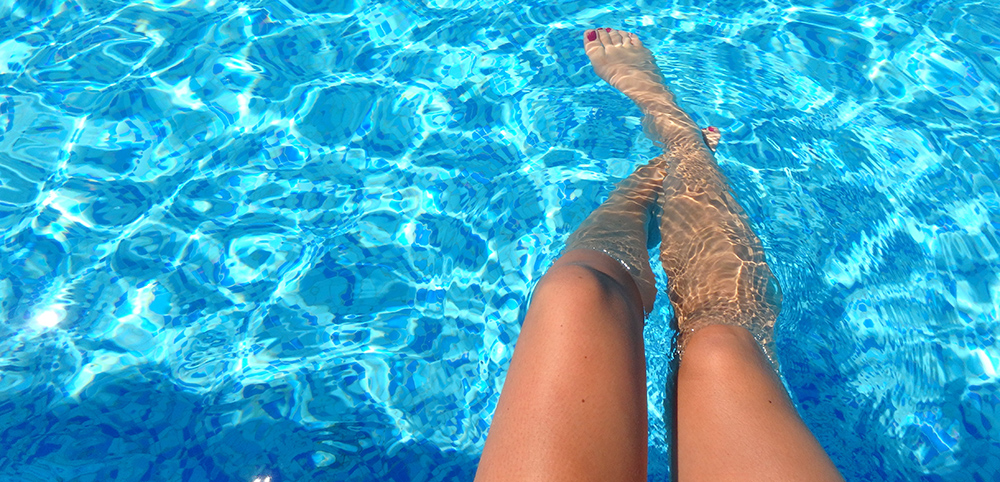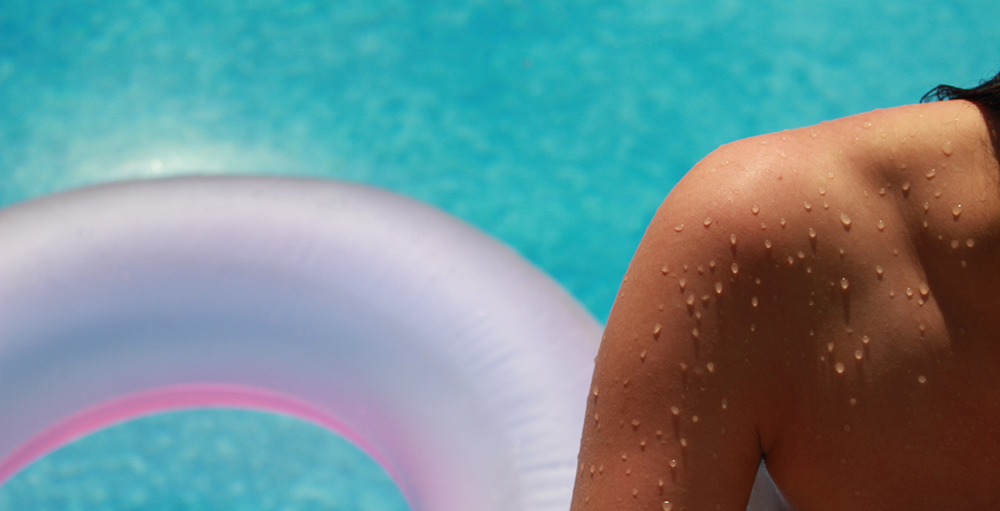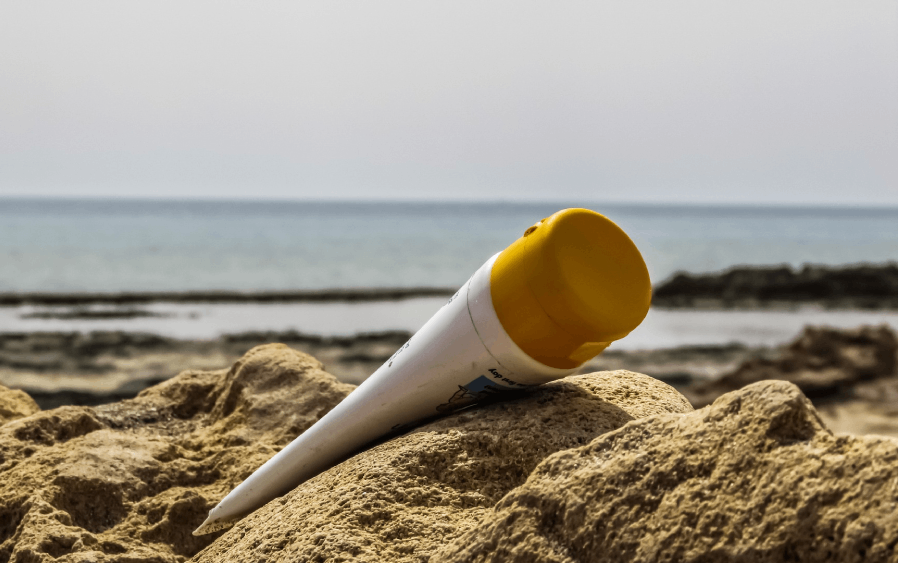What Do You Need to Know about Sunscreens?
When selecting products with SPF, it's important to check their protection against both UVA and UVB rays. Traditionally, sunscreens have primarily targeted UVB rays, which are known for causing sunburns and contributing to skin cancer by mutating DNA. However, UVA rays are equally harmful. They penetrate deep into the skin—even through window glass—and generate free radicals. These highly reactive molecules damage cellular components like proteins, lipids, and DNA, accelerating aging and increasing cancer risk. Therefore, comprehensive protection against both types of UV radiation is essential.

Environmental Working Group publishes an annual guide to sunscreens that contains information about the safest creams available and their chemical formulas. In 2007, the FDA stated that there is no evidence that sunscreens are effective in skin cancer prevention.
The International Agency for Research on Cancer does not recommend using sunscreens as the main protection against solar radiation or as a product for skin cancer prevention. It is preferable to wear clothing and headwear and seek shade.
A sunscreen cream absorbs, reflects, and scatters sunlight. But the chemicals contained in it may as well cause unfortunate side effects.
There are two types of active ingredients contained in sunscreen creams.
- Mineral. These products use zinc oxide and/or titanium dioxide.
- Chemical. Such a product has two to six active ingredients, which are usually as follows: oxybenzone, avobenzone, octisalate, octocrylene, homosalate, and octinoxate.

When buying products with chemical SPF filters, consider the following components' availability.
- Sunscreens that contain oxybenzone. This chemical absorbs through the skin and builds up in the system, causing hormone disruption and allergy. EWG found oxybenzone in two-thirds of the 650 sunscreens it reviewed.
- Another ingredient, 4-methylbenzidyl camphor, used in European products, also causes the hormone system disorder.
And here’s one more important point:
- Retinyl palmitate is an antioxidant that combats aging skin. However, studies revealed that it can possibly cause cancer when exposed to sunlight.
EWG does not recommend wearing sunscreen, lipstick, and body milk containing vitamin A or retinyl palmitate, as well as other retinoids when the skin is exposed to sunlight.
A high Sun Protection Factor (SPF) does not guarantee you better protection against ultraviolet radiation.
A cream with SPF 50 blocks 98% of rays, and the one with SPF 100 blocks 99%. When people choose to buy sunscreen with high SPF, they think they are more protected and can afford to stay longer in the sun. Besides, sunscreen products with high SPF have higher concentrations of chemicals blocking the UV rays than creams with low sun protection levels.
FDA proposed banning the sale of sunscreen products with SPF numbers higher than 50, but the proposal has remained ink on paper.
Another peculiarity of today’s market of sunscreens is the high demand for spray-on forms. Although the efficacy of spray-on sunscreens is in question due to the inability to apply them evenly, they continue to grow in popularity. FDA and EWG warn about the danger of inhaling their small particles. So if you’re a fan of spray-on sunscreens, be careful using them.
Who Actually Needs to Use Sunscreens and When?
If you have undergone peeling, diamond peel treatment, laser skin or rejuvenation, have pigment spots or a new scar (healing for less than 6 months), wear sunscreens with SPF 30 to 50 to prevent hyperpigmentation and take into account the UV index of your location.
The UV index (ultraviolet index) is the strength of ultraviolet radiation that generates sunburn, measured in a certain place and at a certain time.
The index values and recommended safety measures.
| 1-2 | 3-5 | 6-7 | 8-10 | 11 or higher |
| No safety measures are required with such a low level of radiation. The risk of affecting skin and eyes is low, almost equal to zero, provided that you are not hypersensitive to UV radiation. | It is a moderate value. No special safety measures are required. You can wear sunglasses, sunhat, and sunscreen cream with SPF 15. | This value is considered high. It is recommended to protect oneself by putting on sunglasses, a hat, and long-sleeved clothing, and applying a sunscreen cream with SPF 30 on sun-exposed skin areas. | A very high UV level. It is necessary to seek shade to hide (stay indoors, use an umbrella). When in the sun, it is obligatory to wear a sunhat, sunglasses, clothes made of light fabric and covering arms and legs, a sunscreen cream with SPF 30 to 50. | An extreme UV level. It is better to stay away from the sun. If it’s impossible to avoid sun exposure, make sure to wear a broad-brimmed hat, sunglasses, light-fabric clothes covering arms and legs, and a sunscreen cream with SPF 50. |
Pay attention that if you stay close to the water, up in the mountains, or in a desert, the ultraviolet rays will be reflected manifold off the snow cover, water surface, and sand. This will intensify the aggressive effects of the sun on your skin.
To sum it up:
There must be protection against both UVB and UVA rays.
- UVA protection = LPF, IPD, PPD labels, UVA abbreviation.
- UVB protection measures how effectively a sunscreen guards against ultraviolet rays. The Sun Protection Factor (SPF) indicates the duration one can remain in the sun without burning, compared to unprotected skin. For instance, if unprotected skin begins to redden in 10 minutes, an SPF of 15 means it would take 15 times longer, or 2.5 hours, for the skin to start reddening under sun exposure.
- Formula: 10 (mins) х 15 (SPF) = 150 (mins)
- Even sunscreens with SPF 50 do not guarantee 100% sun protection; about 3% of UV rays penetrate the skin, and you’ll get a light sun tan anyway.
- The higher the SPF, the better the protection against the sun (minimum SPF should be 15, the optimal one is 50, and anything above 50 is an advertising trick; in fact, the level of protection will increase only by 0.5-1%).
The most efficient sun-blocking filters are Zinc oxide (>20%) and titanium dioxide (in combination with zinc oxide for blocking UVA).
